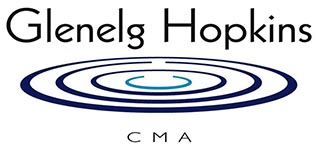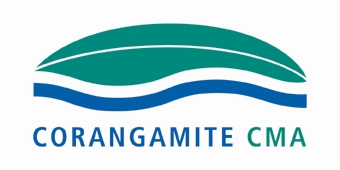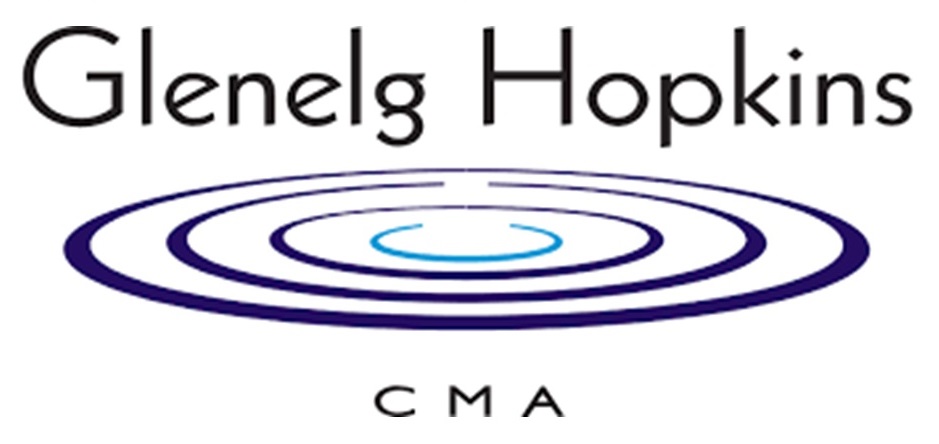About
The Soil Health Knowledge Base is a collaborative research project between the Corangamite Catchment Management Authority (CMA), Glenelg Hopkins Catchment Management Authority and the Centre for eResearch and Digital Innovation (CeRDI) at Federation University Australia (FedUni). The aim of the research is to develop a comprehensive, informative, intuitive-to-use knowledge base of soil health information that will assist the broader community to respect the values of the soils of the Corangamite and Glenelg regions. The project was initiated in June 2013.
Background
The lineage of soil health studies in the Corangamite region can be traced from the earliest Victorian soil studies at Mount Gellibrand that led to the formation of the Victorian Soil Conservation Board (1940 - 1947), which ultimately devolved into the CMAs about 60 years later. This early recognition of the value of the region's agricultural soils has been reiterated in numerous studies since and is acknowledged in the Corangamite Soil Health Strategy 2006 - 2012 (SHS) and the latest Corangamite Regional Catchment Strategy (RCS).
The most recent document to revisit soil health issues in the Corangamite region is Soils Vision: A 20-year plan to improve broad-acre agricultural soils in south west Victoria, known as the 'south west agricultural soils plan' (SWASP). This community-led initiative brought together a collaboration of farming groups, agricultural industries, government agencies and research institutions to identify the activities required to improve the condition of soils used for agriculture in South West Victoria. At the time it was developed, the SWASP relied on expert opinion as the best and only source of information available.
From the Corangamite CMA's perspective, their investment in the implementation of the SWASP should align with the Corangamite RCS and the integrated catchment management plans that are being developed for each of the 15 Landscape Zones in the Corangamite region. Known as a Local Catchment Plan (LCP), each of these has a unique set of soil health issues and history of dealing with them, that relates to the local landscapes.
The goal of this project is to provide the essential background knowledge required to implement the appropriate SWASP soil health actions customised for the LCPs.
Project aim and research questions
The overall aim this project is to develop a comprehensive, informative, intuitive-to-use knowledge base of soil health information that will assist the broader community implement the SWASP within the LCPs of the Corangamite region. To achieve this, the following key questions emerge:
What information exists and how relevant is it to the current soil health issues?
Detailed soil data and information has been collected in the Corangamite region for nearly 80 years. Since that time soil science has considerably progressed the knowledge of soil health issues, especially those related to soil erosion, soil salinity and soil acidity, and some of the older information may no longer be relevant. However, historic soil data, archival soils and soil trial sites can nevertheless provide valuable baseline data and therefore an analysis of the relevance of all the soil data will be required.
How reliable is the information and to which landscapes does it apply?
Agricultural trials, soil investigations and soil testing are not always undertaken with the same standards of scientific rigour used by research institutions. Similarly, the outcomes of trials or the research findings in one landscape may not apply to another. Therefore analysing the veracity and transferability of soil health information will be required.
How can the relevant soil health information be best maintained and disseminated?
Providing access to a directory of documents and a database of information may not easily provide answers to the community's frequently asked questions on soil health for their region. Such a repository needs to be spatially enabled, allowing users to focus on their patch and provide relevant and informative answers to their questions via an intuitive-to-use web-portal. Hence the dissemination of soil health information will require spatial and content synthesis to maximise it best use.
The need for participatory research
Finding answers to the above questions requires research (cf. consulting), as novel approaches will need to be developed and tested in collaboration with the project stakeholders to ensure the best opportunity to achieve the project aim. If the SWASP and LCPs are to be embraced by the Corangamite community, the outcome of the research must be credible and therefore the involvement of the stakeholders is essential. For that reason the project is best suited to public participatory research, in keeping with the intent of the SWASP. Approvals will be sought from the university's Ethics Committee for some components of the research to maximise the opportunity for the research to be published in the peer-reviewed literature.







